Home>Storage Ideas>Kitchen Storage>Kitchen Island Ideas: 34 Ways To Create A Fabulous And Functional Feature
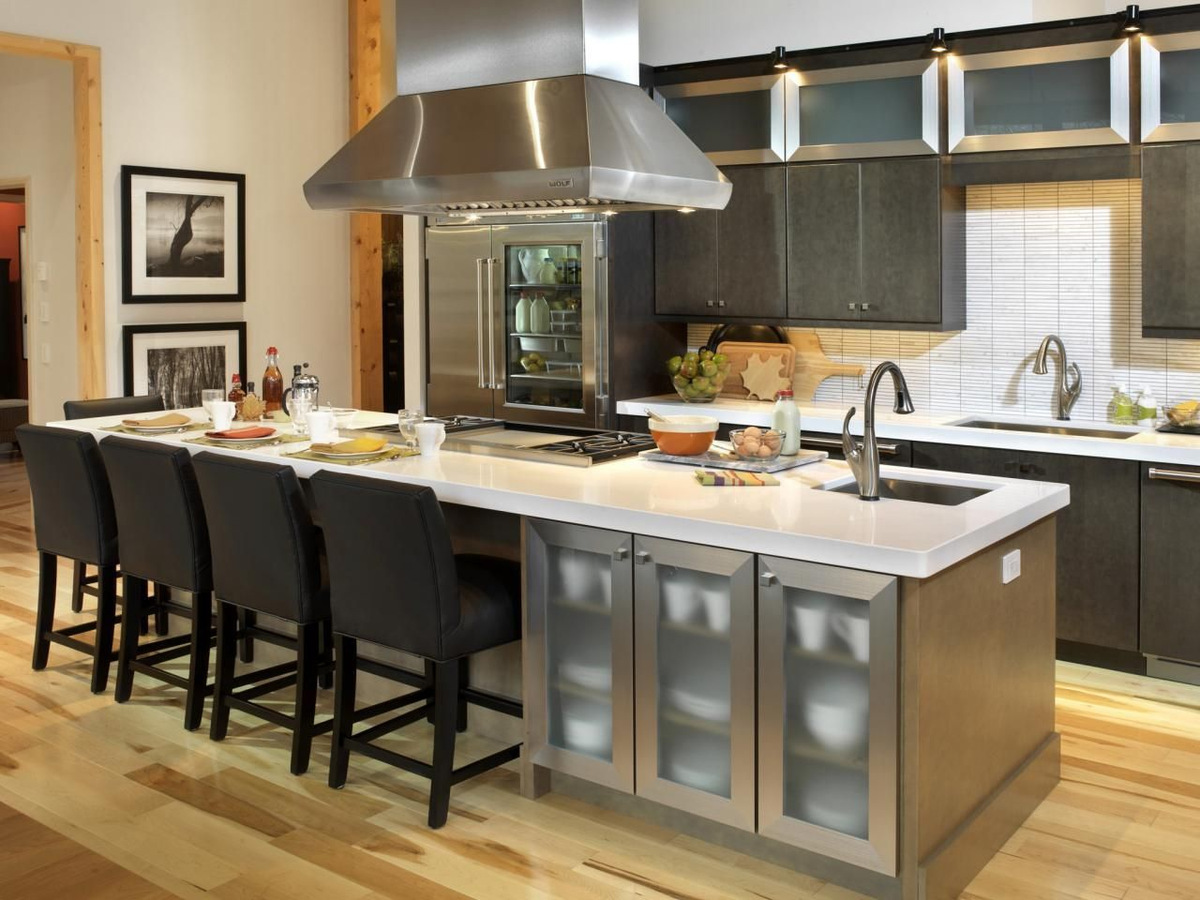

Kitchen Storage
Kitchen Island Ideas: 34 Ways To Create A Fabulous And Functional Feature
Modified: January 18, 2024
Looking for kitchen storage ideas? Explore 34 ways to create a fabulous and functional feature with these kitchen island ideas. Transform your space today!
(Many of the links in this article redirect to a specific reviewed product. Your purchase of these products through affiliate links helps to generate commission for Storables.com, at no extra cost. Learn more)
Introduction
The kitchen is the heart of the home, and having a functional and stylish kitchen island can elevate your cooking and dining experience. A kitchen island not only adds extra counter space but also provides an opportunity to incorporate unique storage solutions, seating options, and design elements. Whether you have a spacious kitchen or a compact one, there are a multitude of kitchen island ideas that can transform your space into something fabulous and functional.
In this article, we will explore 34 innovative ways to create a standout kitchen island. From incorporating seating options to maximizing storage, adding appliances, and customizing with unique designs, these ideas will inspire you to make the most of your kitchen space. We will also discuss how to optimize your kitchen island for various scenarios, including small spaces, outdoor areas, and maximizing functionality.
So, whether you dream of a sleek, modern island or a rustic, farmhouse-inspired centerpiece, read on to discover how to transform your kitchen with these exciting kitchen island ideas.
Key Takeaways:
- Elevate your kitchen with a standout island that reflects your style and enhances functionality. From seating options to unique designs, make the most of your space with creative and practical ideas.
- Maximize your kitchen island’s potential with storage solutions, appliances, and unique designs. Whether it’s a sleek modern look or a rustic charm, customize your island to meet your culinary aspirations.
Incorporating Seating
When it comes to kitchen islands, incorporating seating is a popular choice as it creates a space where family and friends can gather while you prepare meals. Here are three seating options to consider:
- Barstools: Barstools are a classic choice for kitchen islands and come in a variety of styles, materials, and heights. They provide a casual and versatile seating option, allowing guests to sit and chat while you cook. Opt for barstools with comfortable cushions and adjustable heights for added convenience.
- Banquette seating: If you prefer a cozier and more intimate seating option, consider incorporating banquette seating into your kitchen island. This entails building a bench along one side or corner of the island and pairing it with a table or countertop. Banquette seating not only adds a touch of elegance but also maximizes the available space, making it an ideal choice for smaller kitchens.
- Built-in bench: Similar to banquette seating, a built-in bench provides a comfortable and space-saving seating option. It can be designed to wrap around the island or be integrated seamlessly into the island itself. To enhance the comfort and aesthetics, consider adding cushions, throw pillows, or upholstery to the bench.
When choosing seating for your kitchen island, consider the overall style and theme of your kitchen. Match the materials and colors of the seating with the rest of your kitchen decor for a cohesive and visually appealing look. Additionally, ensure that there is enough space between the seating and the island to allow for easy movement and access to the kitchen.
Incorporating seating into your kitchen island not only creates a social hub but also adds functionality to your space. It allows you to interact with guests, keep an eye on children, or simply enjoy a casual meal in the heart of your home.
Adding Storage
One of the key advantages of a kitchen island is the opportunity to increase your storage capacity. Here are three storage ideas to consider when designing your kitchen island:
- Drawers: Drawers in your kitchen island are a versatile storage solution, allowing you to organize and store various items such as utensils, linens, and small appliances. Consider installing deep drawers for pots and pans or shallow drawers for cutlery and gadgets. To maximize space, opt for drawer organizers to keep items neat and easily accessible.
- Cabinets: Cabinets are another popular storage option for kitchen islands. They can be designed to match the existing cabinetry in your kitchen or be a standalone feature. Cabinets offer plenty of space for storing larger items, such as small appliances, baking sheets, or even pantry items. Incorporate adjustable shelves or pull-out trays to make the most of the cabinet space.
- Open shelves: Open shelves not only provide storage but also offer an opportunity to display and showcase your favorite kitchenware and decorative items. This adds a touch of personality and style to your kitchen island. However, be mindful of keeping the shelves clutter-free and organized. Utilize baskets or bins to corral items and prevent a messy appearance.
When deciding on the storage options for your kitchen island, consider your specific needs and the items you frequently use in your kitchen. Assess the available space and plan accordingly to ensure efficient use of the island”s storage capacity. Additionally, incorporate design elements such as hardware, finishings, and decorative accents that complement the overall style of your kitchen.
By incorporating well-thought-out storage solutions into your kitchen island, you can declutter your countertops and keep your kitchen organized and efficient. This not only enhances the functionality of your space but also adds a visually appealing aspect to your kitchen design.
Installing a Sink
Adding a sink to your kitchen island can greatly enhance its functionality and convenience. Whether you need a dedicated prep area or extra washing space, here are three types of sinks to consider:
- Single or double sink: A single or double sink in your kitchen island provides additional space for food preparation and cleaning. A double sink allows for multitasking, making it easier to wash dishes on one side while prepping food on the other. Consider opting for a deep sink to accommodate larger pots and pans.
- Farmhouse sink: A farmhouse sink, also known as an apron sink, is a popular choice for those looking to add a touch of rustic charm to their kitchen island. These sinks have a large, deep basin and a visible front panel, adding a distinctive and stylish element to your kitchen. Farmhouse sinks are perfect for larger families or those who enjoy entertaining and require ample washing space.
- Prep sink: A prep sink, also known as a vegetable sink or bar sink, is a smaller secondary sink designed specifically for food preparation tasks. It allows you to rinse vegetables, wash hands, or fill pots without interfering with the main sink. Incorporating a prep sink in your kitchen island can help streamline your cooking process and make your kitchen more efficient.
When deciding on the type of sink for your kitchen island, consider your specific needs, the size of your island, and the overall layout of your kitchen. Additionally, be mindful of plumbing considerations and consult a professional if needed to ensure proper installation and functionality.
Adding a sink to your kitchen island not only enhances its practicality but also creates a designated area for food preparation and cleanup. It allows you to have everything you need within reach, making your cooking experience more enjoyable and efficient.
Including Appliances
Incorporating appliances into your kitchen island can transform it into a fully functional and efficient workspace. Here are three appliances to consider adding to your island:
- Cooktop or range: A cooktop or range in your kitchen island gives you the flexibility to cook and prepare meals while interacting with guests or family members. It eliminates the need to constantly move between different areas of the kitchen. Choose a cooktop or range that suits your cooking style and preferences, whether it’s gas, electric, or induction.
- Wine fridge: If you’re a wine enthusiast or love to entertain, consider adding a wine fridge to your kitchen island. This allows you to store your favorite bottles at the ideal temperature, ready to be served at any time. Wine fridges come in various sizes, from small units that fit a few bottles to larger ones that can hold an extensive collection.
- Microwave: Having a microwave in your kitchen island provides convenience and saves valuable counter space. It allows you to quickly and easily heat up or cook food without the need for a separate microwave cart or cluttering your countertops. Choose a built-in microwave that seamlessly blends with the design of your island.
When incorporating appliances into your kitchen island, ensure that you have proper ventilation systems in place to extract any smoke or odors. Consult with professionals to ensure proper installation, electrical wiring, and safety precautions.
Including appliances in your kitchen island enhances its functionality and efficiency. It creates a centralized cooking and preparation area, making your time in the kitchen more convenient and enjoyable. Consider your cooking habits and needs when choosing the appliances to incorporate into your island, ensuring they align with your lifestyle and culinary preferences.
Creating a Multi-Level Design
A multi-level design for your kitchen island adds depth and visual interest to your space. It also provides versatility and allows for different uses within the same area. Here are three options to consider when creating a multi-level design for your kitchen island:
- Raised dining area: Incorporating a raised dining area within your kitchen island creates a designated space for enjoying meals. This elevated section can be slightly higher than the rest of the island, making it more comfortable for seating. It serves as a perfect spot for casual family breakfasts or quick meals on the go. Pair it with barstools or upholstered chairs to create a cozy dining atmosphere.
- Elevated breakfast bar: An elevated breakfast bar is a great option for those who prefer a casual dining experience. It provides a convenient spot for quick meals, enjoying a morning cup of coffee, or socializing with guests while you cook. The elevated section can be designed to have a slight overhang to accommodate barstools and create a comfortable seating area.
- Split-level countertop: A split-level countertop adds visual interest and functionality to your kitchen island. It consists of two distinct levels, with one section serving as a workspace for food preparation and the other section designated for dining or casual seating. This design provides separation between different activities, allowing multiple people to use the island simultaneously without interfering with each other.
When creating a multi-level design for your kitchen island, consider the overall layout and flow of your kitchen. Ensure that the various levels are well-proportioned and provide ample space for seating and food preparation. Additionally, choose materials, finishes, and colors that complement the overall style of your kitchen to create a cohesive and visually appealing design.
A multi-level design adds dimension to your kitchen island, creating a focal point that is both functional and visually appealing. It allows for different activities to take place within the island, making it a versatile and dynamic space in your kitchen.
Utilizing Different Materials
The choice of materials for your kitchen island plays a significant role in its overall aesthetic and functionality. By utilizing different materials, you can create a unique and visually captivating island. Here are three materials to consider incorporating into your kitchen island:
- Butcher block: Butcher block countertops are a popular choice for kitchen islands, particularly for those who enjoy a warm and rustic look. Made from solid wood, such as maple or oak, butcher block provides a durable surface for food preparation. It is also resistant to heat and gentle on knives. The natural grain and warm tones of butcher block can add warmth and character to your kitchen island.
- Marble or granite: Marble and granite are luxurious and timeless materials that add elegance and sophistication to any kitchen. They are highly durable, heat resistant, and provide a smooth and sleek surface for food preparation. Marble tends to have unique veining patterns, while granite offers a wider range of colors and patterns. Incorporating marble or granite into your kitchen island can elevate its overall aesthetic and create a focal point in your kitchen.
- Quartz or solid surface: Quartz and solid surface materials offer a more modern and low-maintenance option for kitchen islands. They are non-porous, stain-resistant, and easy to clean. Quartz countertops come in a wide array of colors and patterns, making it easy to find a design that matches your kitchen decor. Solid surface materials, such as Corian, provide a seamless and uniform appearance, allowing for integrated sinks and easy maintenance. These materials offer versatility and can be customized to fit any design style.
When choosing materials for your kitchen island, consider factors such as durability, maintenance, and overall aesthetic. Think about how the chosen materials will complement the existing elements in your kitchen, such as cabinetry, flooring, and backsplash. Additionally, keep in mind your lifestyle and cooking habits to ensure that the chosen materials can withstand everyday use.
By utilizing different materials for your kitchen island, you can create a visually striking centerpiece that not only enhances the functionality of your space but also reflects your personal style and taste.
Incorporating a Kitchen Island for Small Spaces
Even in small kitchens, a well-designed kitchen island can maximize functionality and provide additional storage and workspace. Here are three ideas for incorporating a kitchen island in small spaces:
- Rolling cart: A rolling cart is a versatile and practical option for small kitchens. These portable islands can be easily moved and positioned wherever you need them most. Look for a rolling cart that features shelves, drawers, and hooks to maximize storage opportunities. When not in use, you can tuck the cart away in a corner or against a wall to save space.
- Floating island: A floating island is a clever solution for small kitchens as it utilizes vertical space rather than floor space. Instead of having a traditional freestanding island, consider installing a sturdy shelf or platform attached to the wall. This creates a surface for food preparation, while the open space below allows for stools or chairs to be placed when needed. The floating design gives the illusion of a larger kitchen without restricting movement.
- Foldable or collapsible island: For ultimate space-saving convenience, a foldable or collapsible island is a fantastic choice. These islands feature a hinged or folding design that allows you to expand or collapse the surface as needed. When not in use, you can easily fold it up or collapse it down to free up valuable floor space. Look for a foldable island that also offers storage options so that you can keep your kitchen essentials organized.
When incorporating a kitchen island into a small space, it’s important to consider the dimensions and layout of your kitchen. Opt for a compact size that fits comfortably within the available space, ensuring there is still enough room for easy movement around the island. Additionally, consider the style and design of the island to ensure it complements the overall aesthetic of your kitchen.
By incorporating a well-designed kitchen island into a small space, you can maximize functionality, storage, and workspace without overwhelming the room. These space-saving options allow you to enjoy the benefits of a kitchen island even in the most compact kitchens.
Consider adding a sink or cooktop to your kitchen island for added functionality. This can create a convenient workspace and help to optimize the layout of your kitchen.
Customizing with Unique Shapes and Designs
When it comes to kitchen islands, don’t be afraid to think outside the box and incorporate unique shapes and designs. Customizing your island’s shape can add a creative and visually appealing element to your kitchen. Here are three options to consider:
- Circular or oval island: A circular or oval-shaped island is a great choice if you want to create a sense of flow and movement in your kitchen. These shapes allow for easy navigation around the island and promote a more intimate gathering space. They also soften the sharp angles typically found in kitchens, adding a touch of elegance and sophistication.
- L-shaped or U-shaped island: An L-shaped or U-shaped island offers a practical and space-efficient design, especially if you have a larger kitchen. These layouts provide ample countertop space for food preparation and allow for easy access to different areas of the island. You can incorporate sinks, cooktops, or seating areas within the different sections of the island, making it a multifunctional centerpiece in your kitchen.
- Hexagonal or triangular island: For a truly unique and eye-catching design, consider a hexagonal or triangular-shaped island. These geometric shapes create a modern and dynamic look in your kitchen. They can be customized to fit your available space and can include various features like storage, seating areas, or built-in appliances.
When customizing your kitchen island with unique shapes and designs, consider the overall layout and style of your kitchen. Ensure that the shape of the island complements the existing elements and flows seamlessly with the rest of the space. Additionally, think about the functionality and how the island will be used. Incorporate features and elements that enhance the island’s purpose and usability.
By incorporating unique shapes and designs into your kitchen island, you can create a standout feature that becomes the focal point of your kitchen. It adds a touch of personality and creativity, making your kitchen truly one-of-a-kind.
Adding Lighting Fixtures
Proper lighting is essential when it comes to showcasing and enhancing your kitchen island. Including the right lighting fixtures can not only illuminate the space but also add ambiance and style. Here are three lighting options to consider for your kitchen island:
- Pendant lights: Pendant lights are a popular choice for kitchen islands as they provide focused task lighting while adding a decorative element. They come in various shapes, sizes, and designs, allowing you to find the perfect pendant lights that complement your kitchen style. Install multiple pendant lights evenly spaced above your island to ensure adequate lighting for your workspace.
- Chandelier: For a more dramatic and statement-making lighting option, consider installing a chandelier above your kitchen island. Chandeliers can add a touch of elegance and sophistication to your space. Choose a chandelier that complements the overall style of your kitchen and matches the scale of your island. This lighting option is particularly suitable for larger kitchens or those with higher ceilings.
- Under-cabinet lighting: Under-cabinet lighting is a practical and functional choice for illuminating your kitchen island. These lights are installed beneath the wall cabinets and provide task lighting for food preparation and cooking. LED strip lights are a popular option for under-cabinet lighting as they are energy-efficient and provide a bright, even light. This type of lighting can enhance the visibility of your workspace and create a warm and inviting atmosphere.
When incorporating lighting fixtures above your kitchen island, consider the height and placement to ensure they do not obstruct your view or interfere with everyday tasks. It’s essential to strike the right balance between aesthetics and functionality. Additionally, consider incorporating dimmers or smart lighting controls to adjust the intensity of the light and create different moods in your kitchen.
Adding the right lighting fixtures to your kitchen island can transform it into a visually stunning centerpiece while providing adequate illumination for your workspace. It sets the mood and creates a warm and inviting atmosphere, making your kitchen a welcoming place to gather and cook.
Incorporating a Waterfall Countertop
A waterfall countertop is a stylish and contemporary design feature that can elevate the look of your kitchen island. It refers to the seamless continuation of the countertop material vertically down the sides of the island, creating a “waterfall” effect. Here are three options to consider when incorporating a waterfall countertop:
- Sleek modern design: A waterfall countertop with a sleek modern design adds a touch of sophistication to your kitchen. Choose materials like quartz or solid surface to achieve a clean and streamlined look. The smooth lines of the waterfall edges create a visually striking visual impact, making your island the focal point of your kitchen. This design works well in contemporary or minimalist kitchens.
- Natural stone waterfall: Incorporating a natural stone waterfall countertop adds a touch of luxury and elegance to your kitchen island. Popular choices for natural stone include marble, granite, and quartzite. The unique patterns and textures of these materials create a stunning display when extended down the sides of the island. This design works well in kitchens with a more traditional or rustic aesthetic.
- Glass or acrylic waterfall: For a more modern and unique look, consider a glass or acrylic waterfall countertop. These materials offer a sleek and transparent appearance that can make your island stand out. The transparency of the glass or acrylic gives the illusion of a floating surface, creating a visually captivating design. This option works well in contemporary or eclectic kitchens.
When incorporating a waterfall countertop, consider the overall style and theme of your kitchen. Choose a countertop material and design that coordinates with your existing cabinetry, flooring, and backsplash. Additionally, be mindful of maintenance requirements and durability when selecting materials for your waterfall countertop.
Incorporating a waterfall countertop into your kitchen island not only adds a stunning design element but also creates a seamless and cohesive look. It elevates the overall aesthetic of your kitchen while showcasing the beauty of the chosen countertop material.
Incorporating a Kitchen Island for Outdoor Spaces
If you have an outdoor kitchen or entertainment area, incorporating a kitchen island into your outdoor space can take your culinary experience to the next level. Here are three ideas for incorporating a kitchen island into your outdoor space:
- Portable island with wheels: A portable kitchen island with wheels is a versatile and practical option for outdoor spaces. It allows you to easily move the island to different areas of your outdoor space, depending on your needs. Look for a design that includes storage space, countertops, and even a built-in sink. This allows you to have all the essentials conveniently at hand while you enjoy the great outdoors.
- Built-in grill or BBQ: One of the main attractions of an outdoor kitchen island is the ability to incorporate a built-in grill or BBQ. This allows you to cook and grill outdoors, taking advantage of the fresh air and enjoying a true outdoor dining experience. Consider incorporating additional elements like burners, rotisseries, or even a pizza oven to enhance your cooking options.
- Outdoor sink and storage: Including an outdoor sink in your kitchen island is both practical and convenient when cooking outdoors. It allows you to clean utensils, wash ingredients, and keep your outdoor workspace tidy. Additionally, ensure that your outdoor kitchen island provides ample storage space for all your outdoor cooking utensils, pots, and pans. This keeps everything organized and easily accessible for your outdoor cooking adventures.
When incorporating a kitchen island into your outdoor space, consider the layout and flow of your outdoor kitchen. Ensure that there is enough space for movement and that the island complements the surrounding landscaping and outdoor decor. Additionally, make sure to choose materials that are durable and weather-resistant to withstand outdoor conditions.
Incorporating a kitchen island into your outdoor space creates a functional and inviting area for outdoor cooking and dining. It allows you to fully enjoy the outdoor ambiance while having all the conveniences of a well-equipped kitchen at your fingertips.
Maximizing Functionality with a Kitchen Island
A kitchen island is not only a stylish centerpiece but also a practical and functional addition to your kitchen. By maximizing the functionality of your kitchen island, you can streamline your cooking and prep process. Here are three ideas to consider for maximizing functionality with your kitchen island:
- Installing electrical outlets: Installing electrical outlets in your kitchen island allows you to conveniently power small appliances and devices. This makes it easier to use countertop appliances like blenders, mixers, or to charge your electronic devices while keeping them within reach. The outlets can be discreetly placed on the sides or in the face of the island, ensuring easy access and minimizing the need for extension cords.
- Adding a built-in cutting board: Incorporating a built-in cutting board into your kitchen island creates a dedicated and convenient space for food preparation. Choose a cutting board that fits perfectly over a designated area of the countertop or that slides out from a hidden compartment. This eliminates the need to clutter your main countertop with cutting boards and provides a clean and organized workspace.
- Incorporating a wine rack: If you’re a wine enthusiast or love to entertain, incorporating a wine rack into your kitchen island is a fantastic way to showcase your wine collection. You can opt for a wine rack built into the side of the island, or you can create a wine storage area within the island itself. This allows you to efficiently store and display your favorite wines, making them easily accessible for impromptu gatherings or special occasions.
When maximizing functionality with your kitchen island, consider the specific needs and habits of your household. Think about the appliances and tools you use frequently and ensure that the island provides convenient access to them. Additionally, assess your storage requirements and incorporate features that suit your organization preferences, making it easy to keep your kitchen essentials within reach but out of sight.
By maximizing the functionality of your kitchen island, you can create a more efficient and organized kitchen space. It allows you to streamline your cooking process, keeping everything you need in one central location and enhancing your overall culinary experience.
Creating a Statement Piece with Color
If you want to make a bold and eye-catching statement in your kitchen, incorporating color into your kitchen island is a fantastic way to do so. Here are three ideas for creating a statement piece with color:
- Bold and vibrant island: Make a statement by choosing a bold and vibrant color for your kitchen island. Consider colors like deep navy blue, fiery red, or vibrant emerald green. This adds a pop of color to your kitchen and becomes the focal point of the space. Pair the bold island color with neutral or complementary hues for the remaining elements in your kitchen to create a visually balanced and striking look.
- Two-tone design: Another option for creating a statement with color is to go for a two-tone design. Choose contrasting colors for the base and countertop of your island, or have different colors for the cabinetry and the countertop. This adds visual interest and depth to your kitchen island, making it a standout feature. Make sure the colors you choose coordinate well with the overall color scheme of your kitchen for a cohesive and visually pleasing result.
- Monochromatic scheme: For a more subtle yet impactful statement, opt for a monochromatic color scheme for your island. This involves choosing various shades and tones of a single color. For example, you can have a soft blue island with varying shades of blue in the backsplash and accessories. This creates a harmonious and elegant look while still making a statement with the use of color.
When incorporating color into your kitchen island, take into account the overall style and theme of your kitchen. Consider the lighting in the space and how it will interact with the chosen colors. Additionally, think about how the colors will complement or contrast with the surrounding elements, such as cabinetry, countertops, and backsplash.
Creating a statement piece with color in your kitchen island allows you to infuse personality and visual impact into your kitchen. It becomes a unique and memorable feature that sets your kitchen apart and showcases your design preferences and style.
Incorporating Natural Elements
Bringing natural elements into your kitchen island design can add warmth, texture, and a sense of organic beauty to your space. Here are three ideas for incorporating natural elements into your kitchen island:
- Wooden island: Opting for a wooden kitchen island adds a touch of natural warmth and elegance to your kitchen. Whether you choose solid wood or a butcher block countertop, the natural grain and texture of wood create a warm and inviting atmosphere. Consider various wood species like maple, oak, or walnut that best match your kitchen’s style. You can also mix materials by incorporating wooden elements into the island’s design, such as open shelves or contrasting wood paneling.
- Stone or brick accent: Introducing stone or brick accents into your kitchen island design adds a rustic and earthy charm. Consider using natural stone like granite or marble for the countertop or incorporating stone or brick veneer on the sides or base of the island. The subtle variations and textures of these materials provide visual interest and create a timeless appeal. This approach works particularly well in farmhouse-style or Mediterranean-inspired kitchens.
- Plants and greenery: Bring a breath of fresh air to your kitchen island by incorporating plants and greenery. You can place potted herbs, small indoor plants, or even a mini vertical garden on or around the island. Adding greenery not only brings a touch of nature but also purifies the air and creates a serene and uplifting atmosphere. Ensure that the plants you choose thrive well in kitchen environments and require minimal maintenance.
When incorporating natural elements into your kitchen island, consider the overall style and aesthetic you want to achieve. Determine how the natural elements will complement or contrast with the existing elements in your kitchen, such as cabinetry, flooring, and backsplash. Additionally, think about the durability and maintenance requirements of the chosen materials to ensure that they can withstand everyday kitchen use.
By incorporating natural elements into your kitchen island, you can create a harmonious and inviting space that reconnects you with the beauty of the outdoors. It adds a touch of nature’s tranquility and creates a soothing and welcoming atmosphere in your kitchen.
Conclusion
A kitchen island is more than just a functional addition to your kitchen – it’s a centerpiece that can transform your space into a fabulous and functional hub of activity. With the right design elements and creative ideas, you can turn your kitchen island into a statement piece that reflects your style and enhances the functionality of your kitchen.
Whether you have a spacious kitchen or a compact one, there are numerous ways to customize your kitchen island to meet your needs. From incorporating seating options for comfortable dining to maximizing storage with drawers, cabinets, and open shelves, the possibilities are endless.
You can elevate your island’s functionality and convenience with the addition of a sink, allowing for easy food preparation and cleanup. Built-in appliances such as cooktops, wine fridges, and microwaves further enhance the island’s versatility and practicality.
Don’t be afraid to think outside the box and get creative with your kitchen island. Consider unique shapes and designs like circular, L-shaped, or even hexagonal islands, which can become stunning focal points in your kitchen.
Incorporating different materials, whether it’s the warmth of butcher block, the elegance of marble, or the modernity of quartz, allows you to add texture and visual interest to your island.
For those with limited space, there are plenty of options to make the most of a smaller kitchen. Rolling carts, floating islands, and foldable or collapsible islands provide functionality and flexibility while saving valuable space.
Lighting fixtures, such as pendant lights, chandeliers, or under-cabinet lighting, not only illuminate your island but also add a touch of ambiance and style.
Whether you choose a sleek and modern design, a natural stone waterfall, or a vibrant color scheme, your kitchen island can become a statement piece that reflects your personality and style.
To truly connect with nature, incorporate natural elements such as wooden features, stone or brick accents, and lively plants and greenery that breathe life into your island and the surrounding space.
In conclusion, a well-designed and thoughtfully customized kitchen island can transform your kitchen into a functional, stylish, and inviting space. By incorporating these ideas and infusing your own personal flair, you can create a kitchen island that not only meets your everyday needs but also becomes a perfect reflection of your unique style and culinary aspirations. So, let your creativity soar and enjoy reaping the benefits of a fabulous and functional kitchen island.
Frequently Asked Questions about Kitchen Island Ideas: 34 Ways To Create A Fabulous And Functional Feature
Was this page helpful?
At Storables.com, we guarantee accurate and reliable information. Our content, validated by Expert Board Contributors, is crafted following stringent Editorial Policies. We're committed to providing you with well-researched, expert-backed insights for all your informational needs.
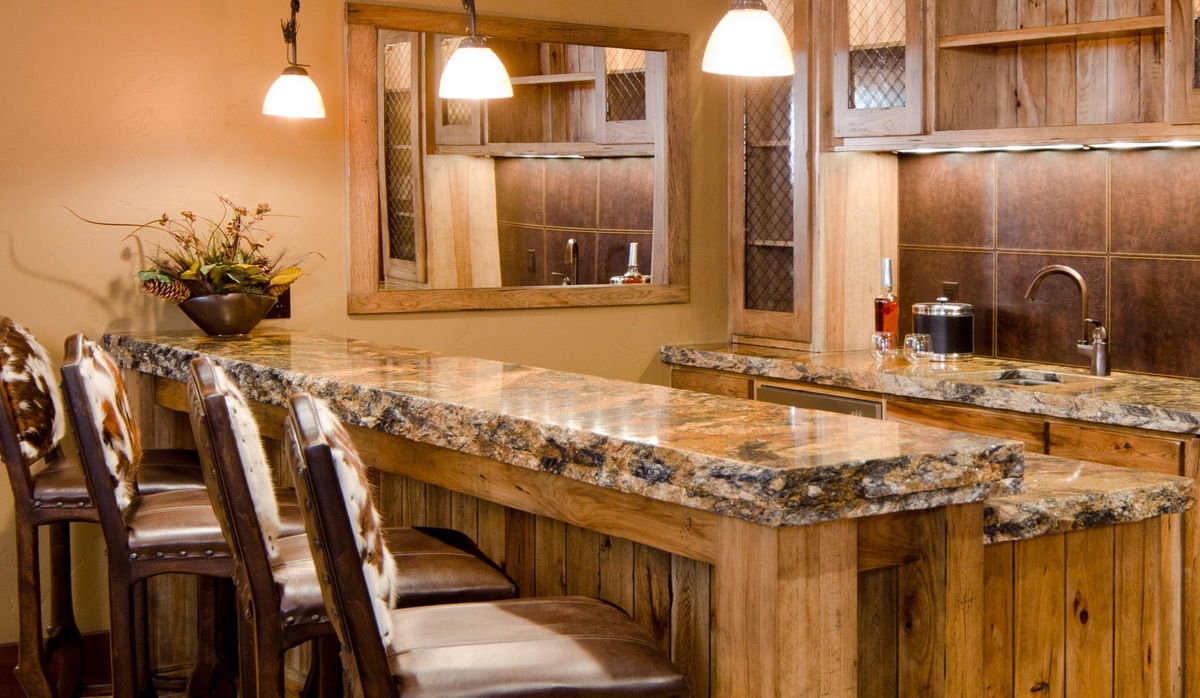
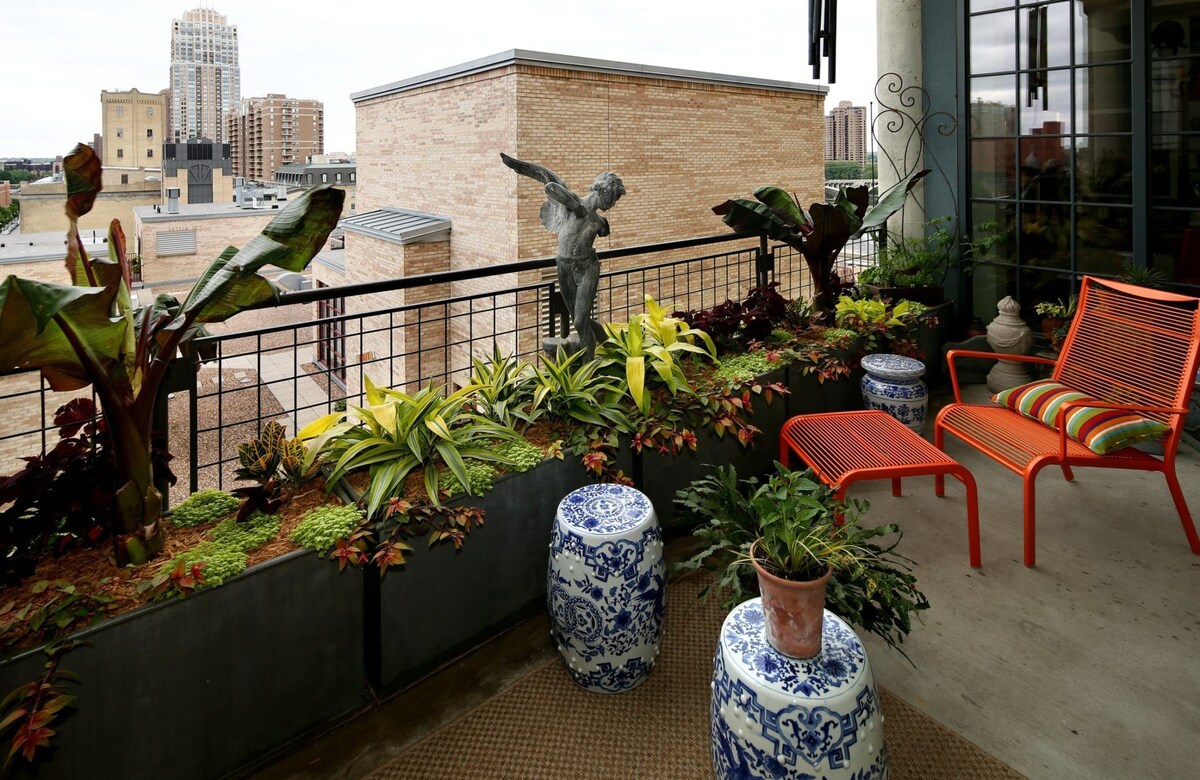
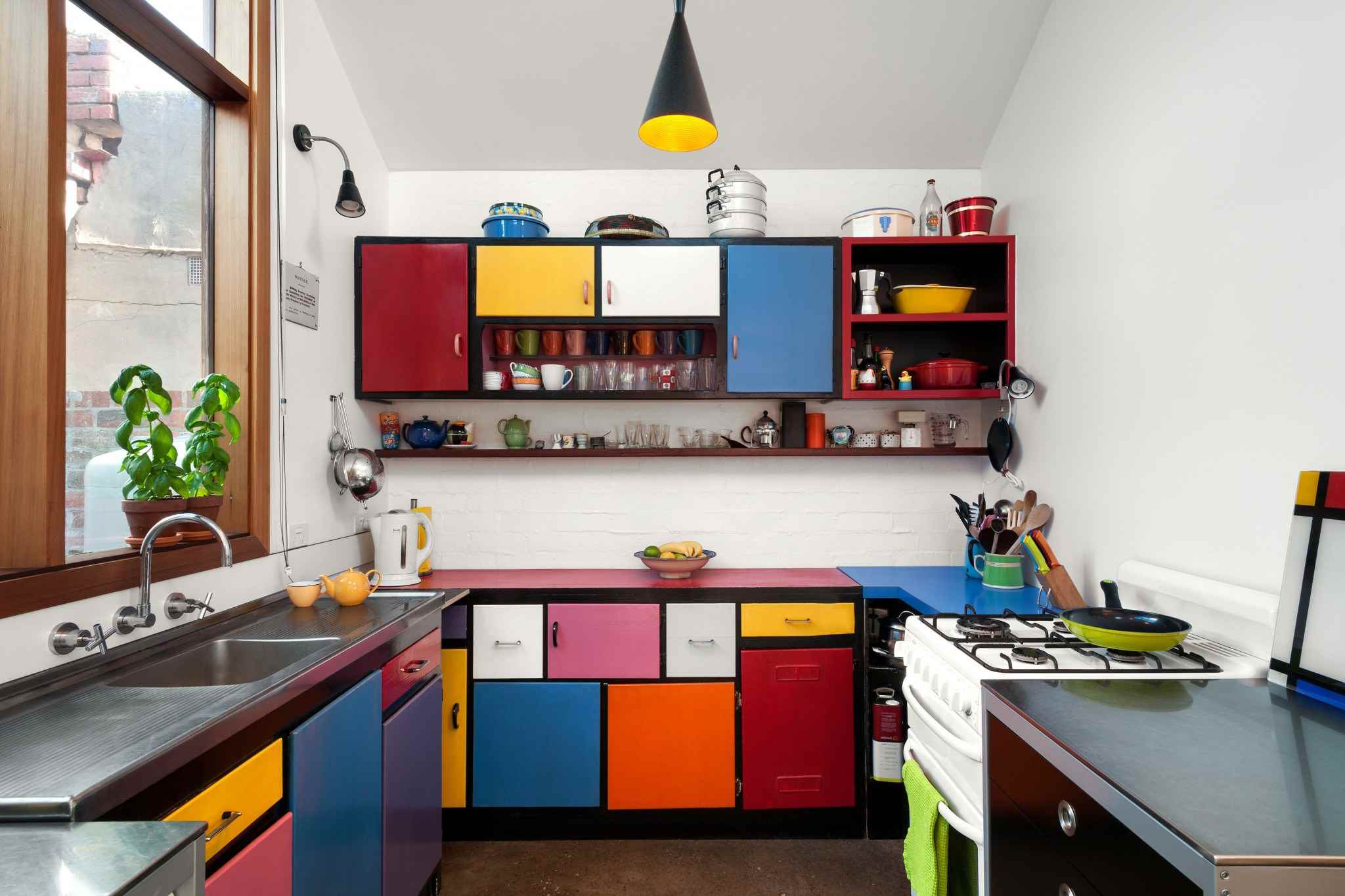
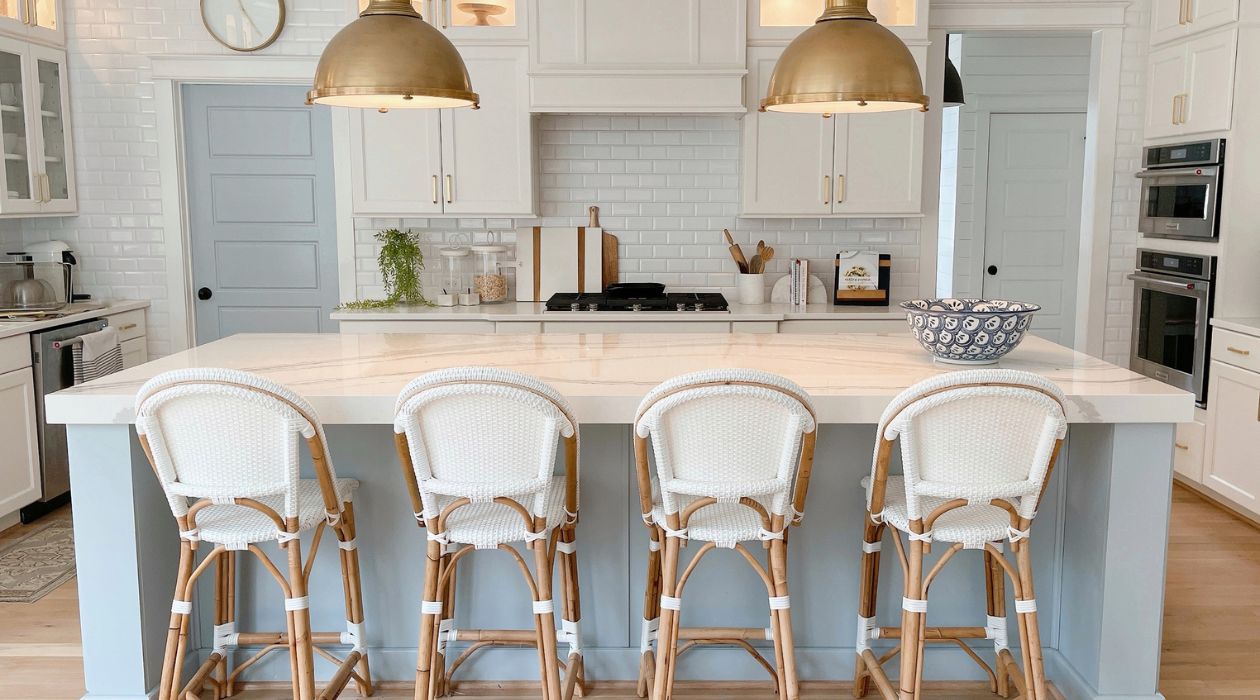
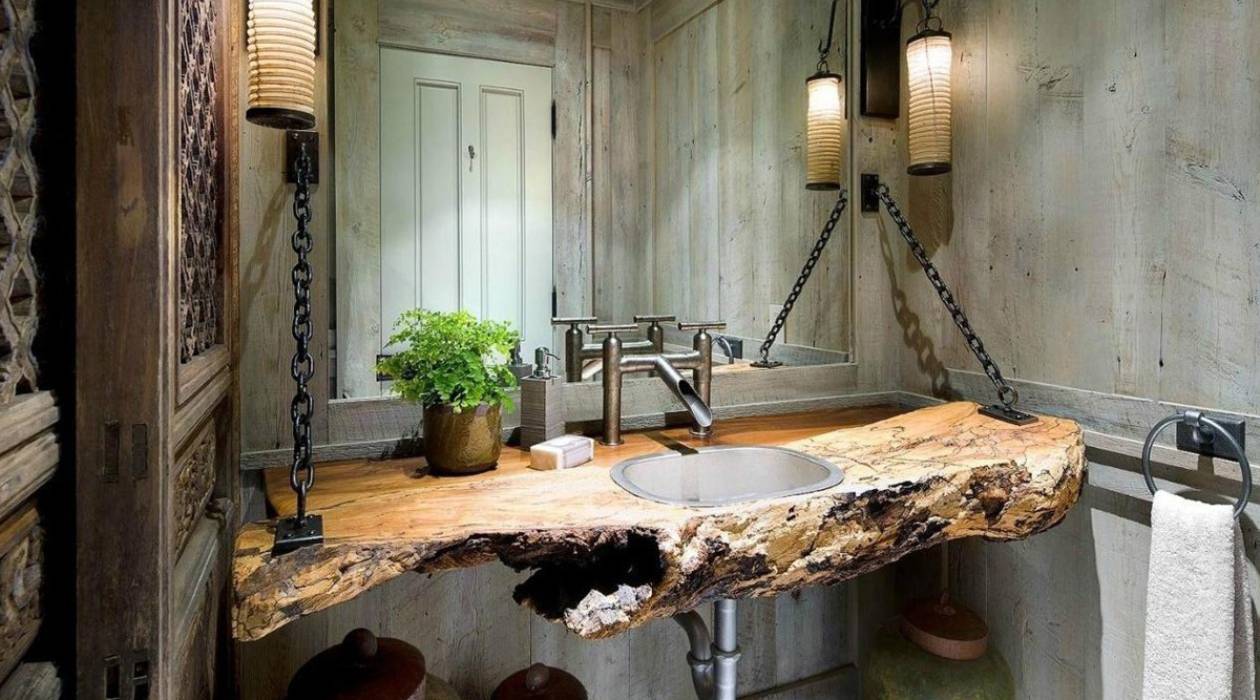
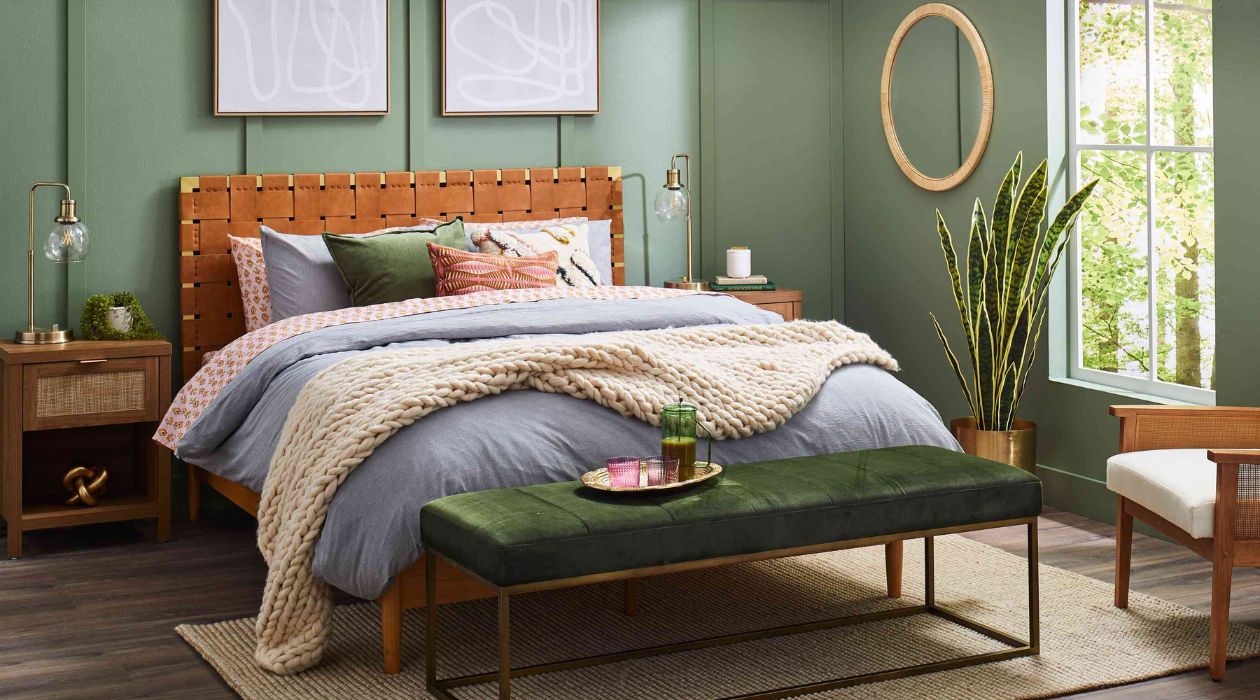

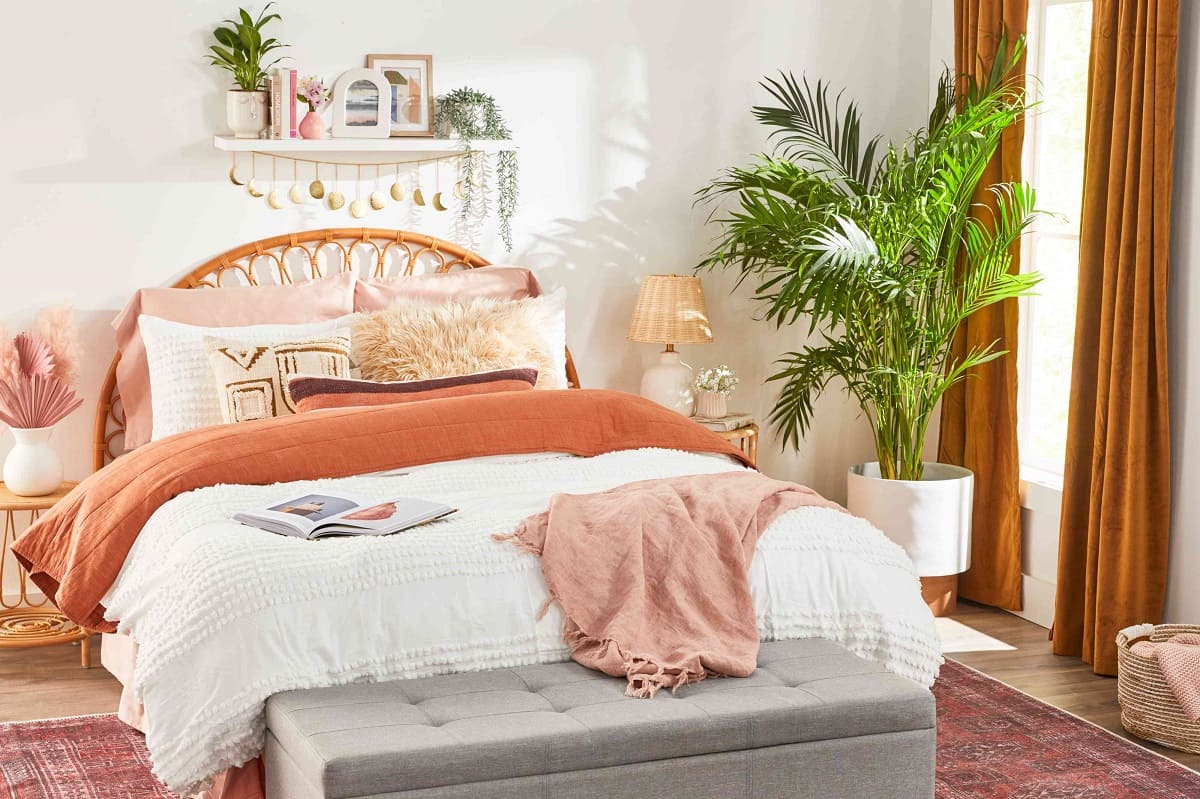
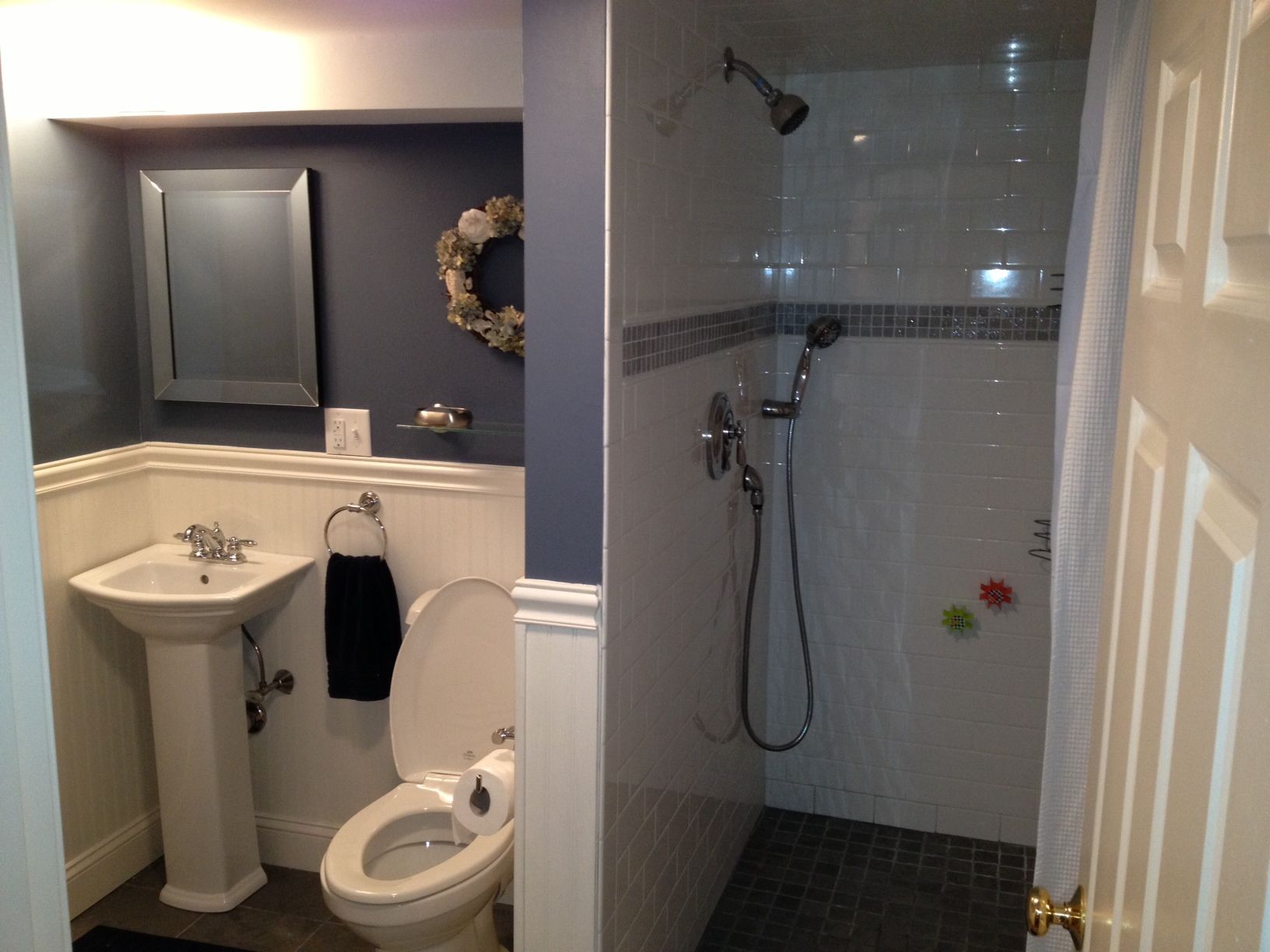
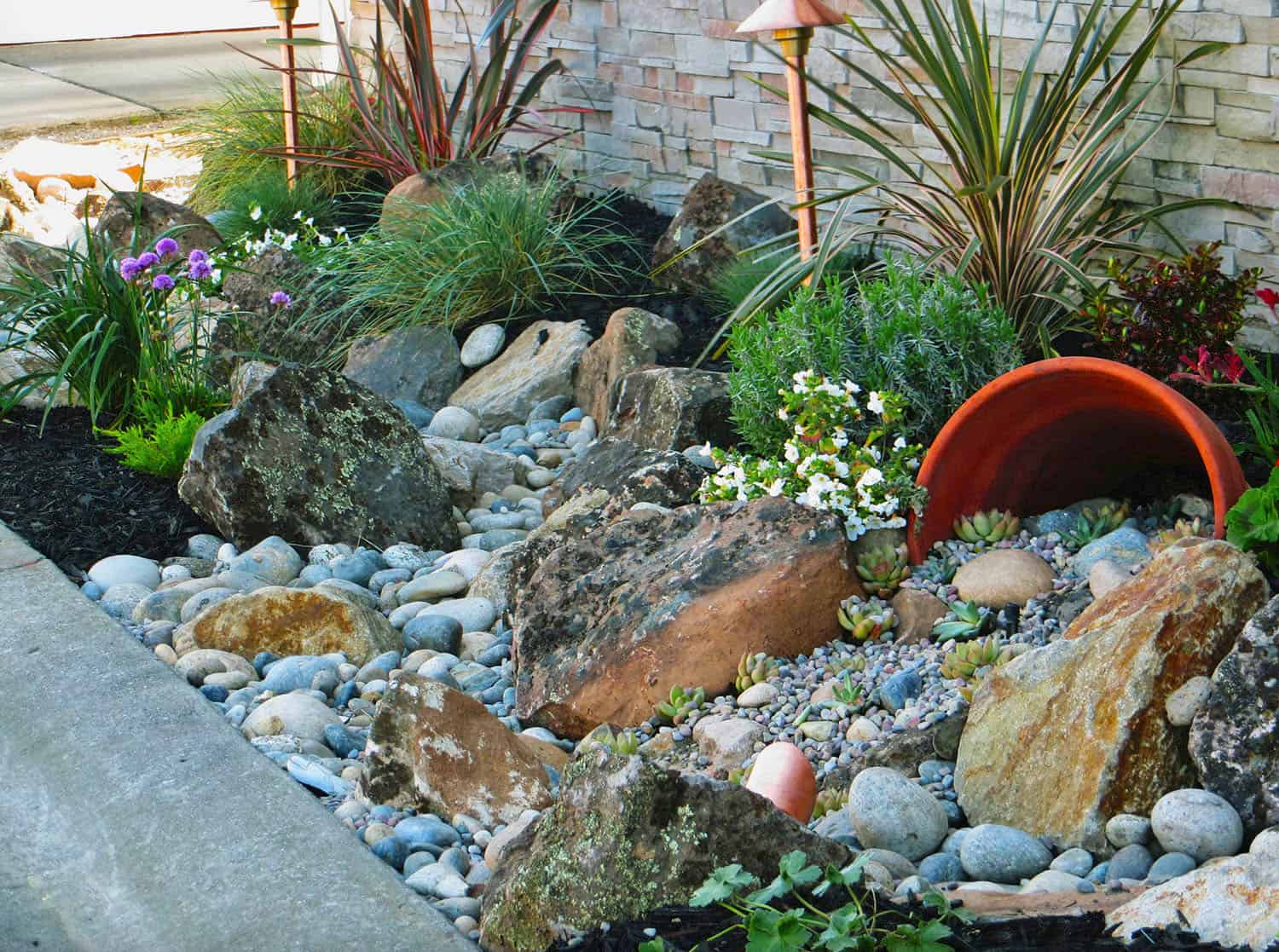
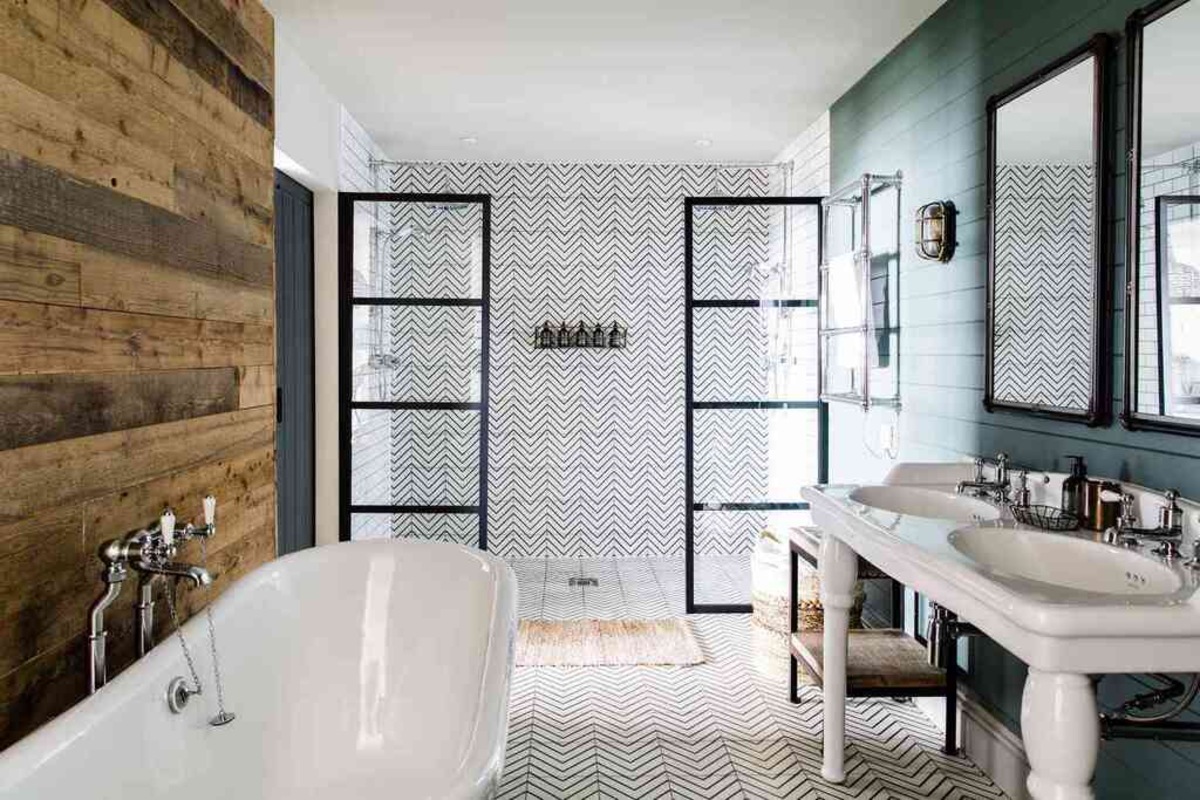
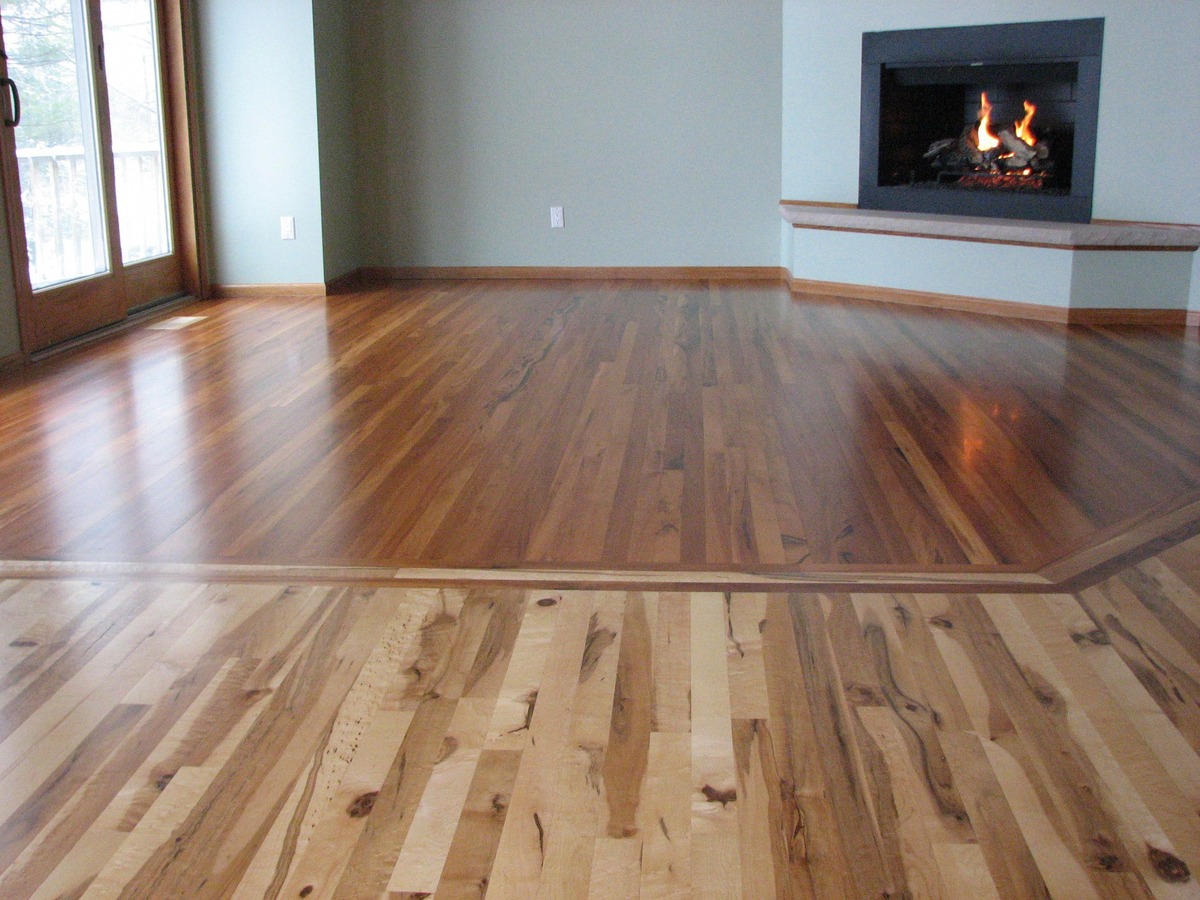

0 thoughts on “Kitchen Island Ideas: 34 Ways To Create A Fabulous And Functional Feature”